Professional cyclists use training periodisation to perform at their best for target races and manage fatigue through the year.
Any keen amateur cyclist stands to gain as much as, if not more than, the pros from organising their training year.
A periodised training plan will greatly increase your chances of achieving your goal finish time in a sportive, for example.
Training periodisation also helps you to fit cycling around work, family life and social engagements.
We’ve spoken to a range of experts including Mac Cassin, a sports scientist from Wahoo, and Dr Tom Kirk, from Custom Cycle Coaching, to guide you through training periodisation.
We’ll explain what training periodisation is, its different phases, its benefits and suggest alternatives to the traditional periodised training model.
What is training periodisation?
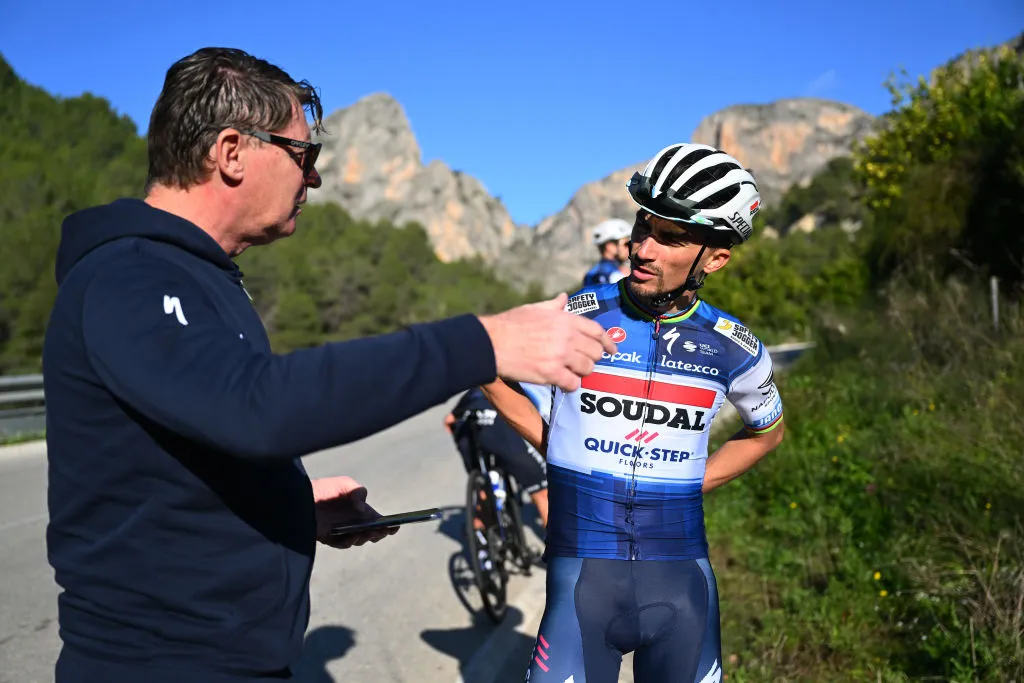
Training periodisation breaks up your cycling season into cycles of training, adaptation and recovery.
Periodised training is synonymous with structured training, where each month, week and individual training session has a purpose.
A periodised training plan will progressively increase in difficulty and specificity as your target event approaches.
Training periodisation is also referred to as traditional training periodisation because there are variants we’ll get on to later.
The phases of periodised training

There are typically three phases of periodised training: macrocycle (long-term); mesocycle (medium-term); and microcycle (short-term).
Macrocycles
A macrocycle is a season or year’s worth of training and racing or target events.
A straightforward way to plan the macrocycle for endurance sports was popularised by a 2014 paper.
Based on the way athletes prepared for the Olympics, the paper divides the year into general preparation, specific preparation, competition and transition phases.
General preparation

In the base, or general preparation, phase, you’ll focus on base training and moderate-intensity intervals (at tempo or sweetspot) while working on skills and strength.
Even during winter, professionals need to train in a precise way. But amateurs can afford to, and should, be more relaxed, according to Jacob Tipper, who runs JT Performance and coaches WorldTour professional Ben Healey.
“We have a lot of stress and life is tough, so you can’t expect someone to perform optimally every single day,” he says.
Tipper recommends occasional hard group riding to provide high training stress and develop bike handling skills.

The general preparation phase is also the time for cross-training. If you enjoy activities such as running, they can break up the monotony of bike training, work different muscles from those used in cycling and improve resilience to injury, according to Tipper.
Likewise, during the base phase and in some cases all-year round, Tipper recommends lifting weights.
Strength training can reduce cyclists’ injury risk, while getting stronger legs for cycling can increase power output.
Specific preparation phase
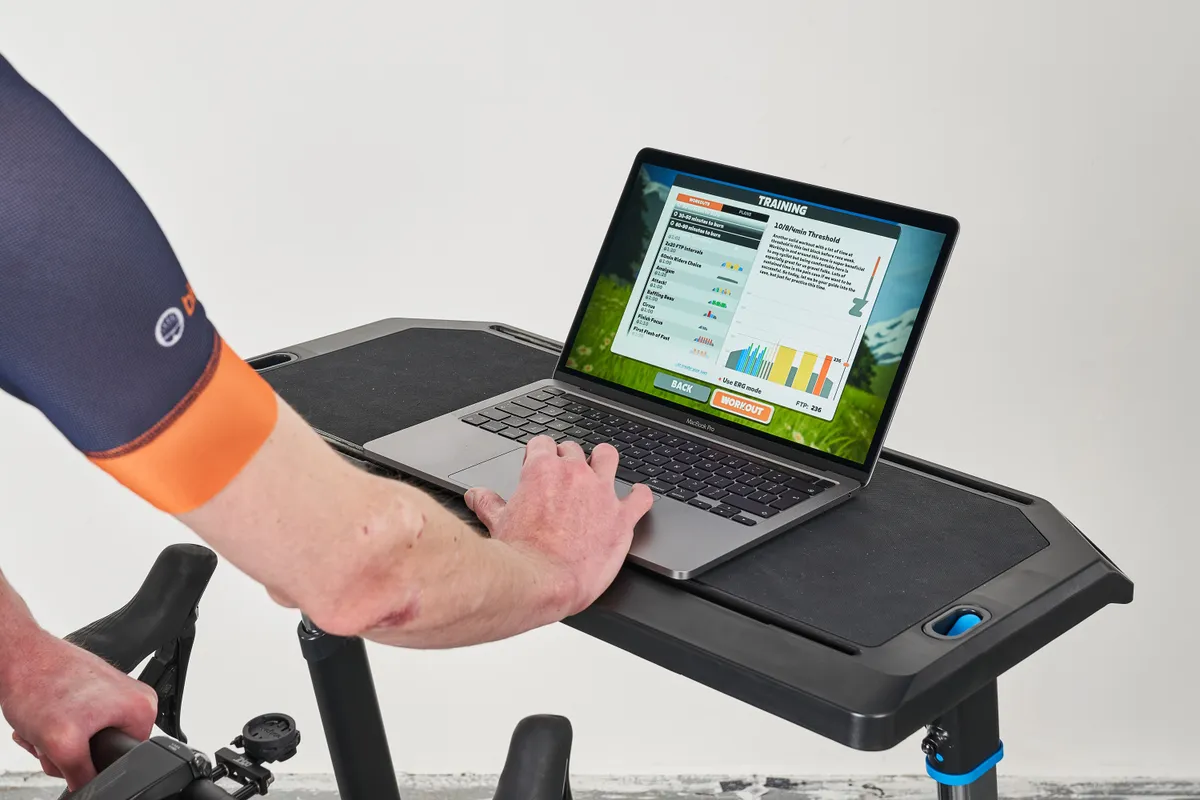
During the specific preparation phase, the volume of zone 2 riding remains high, but might decrease slightly as intensity and frequency of intervals increases.
Coaches will encourage their athletes to test their critical power to track progress and check that their training zones are set correctly.
Competition phase

In the competition phase, training volume drops to help you recover from more regular and intense intervals as well as racing.
You’ll also need to taper your training if you’re riding an ultra-endurance cycling challenge.
Transition phase
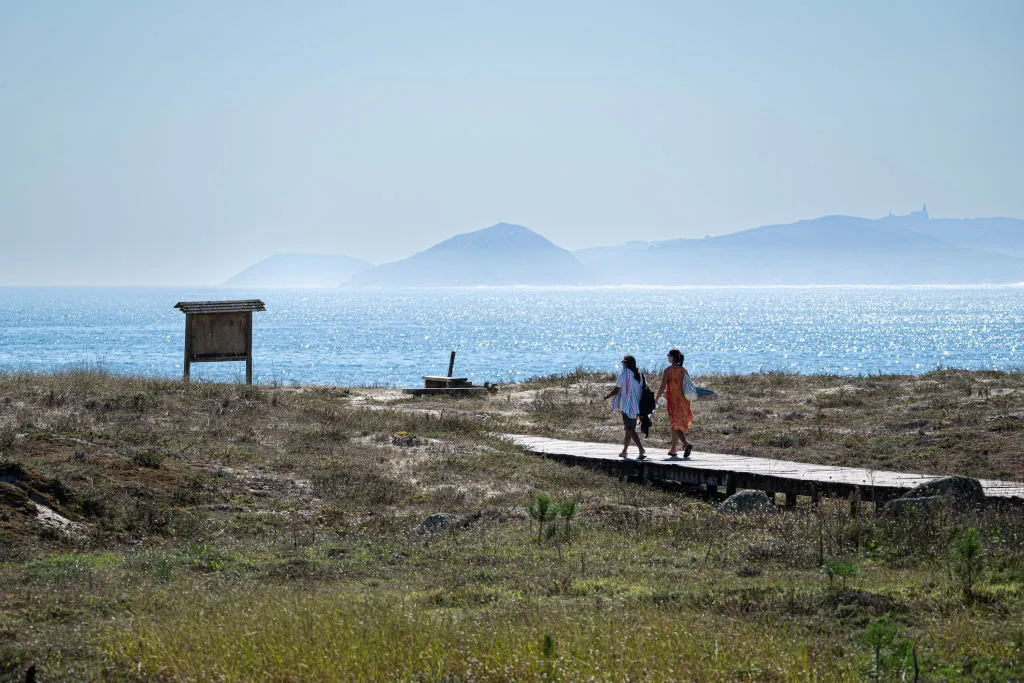
The transition phase is a recovery period involving time off the bike and no serious riding. After the last race of the season, the transition phase leads into the off-season.
Mesocycle
Training periodisation breaks the phases of the macrocycle down into shorter mesocycles, lasting from four to six weeks.
In a four-week mesocycle, three demanding weeks would precede a recovery week with reduced training volume.
In each mesocycle, you usually try to improve a certain type of fitness, such as cycling endurance.
Microcycles

Microcycles are individual training weeks. During microcycle planning, you lay out the sessions you’ll be doing on specific days.
Usually, a structured training week would alternate between hard and easier days, with at least two rest or recovery days.
Long rides would be scheduled on weekends or when you have the most time.
Benefits of training periodisation
The benefits of training periodisation are that it makes your training purposeful, time-efficient, progressive and specific to your goals.
Purposeful
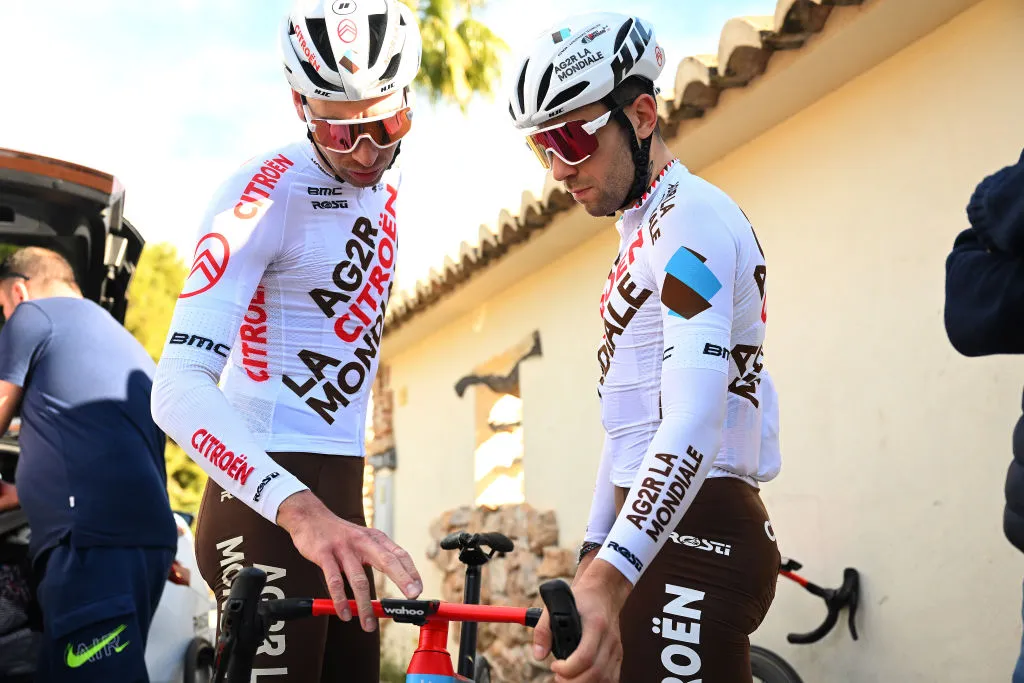
Periodised training is almost interchangeable with structured training.
Cassin says: “The idea of structured training is having a purpose when you go out on your bike.
“Structured training can refer to a specific workout, [such as] having a set of intervals to do.
“It can also be referred to as long-term, week by week, month by month [planning] and having a clear plan and periodisation.”

The opposite of structured training is riding however you feel on the day and not incorporating recovery rides into your week.
By training aimlessly, your progress is likely to stagnate and you’ll fatigue.
Cassin says structured training isn’t necessary for everyone all the time. But if you want to achieve a goal, he adds: “Sometimes you have to do something you don’t want to do.”
For example, an easy day when you want to ride harder.
Structured training helps maintain a balance between the work you’re doing in training and what you can recover from, according to Cassin.
“You can push your body pretty hard, but the only way you can adapt to that is by having structured rest time,” he says.
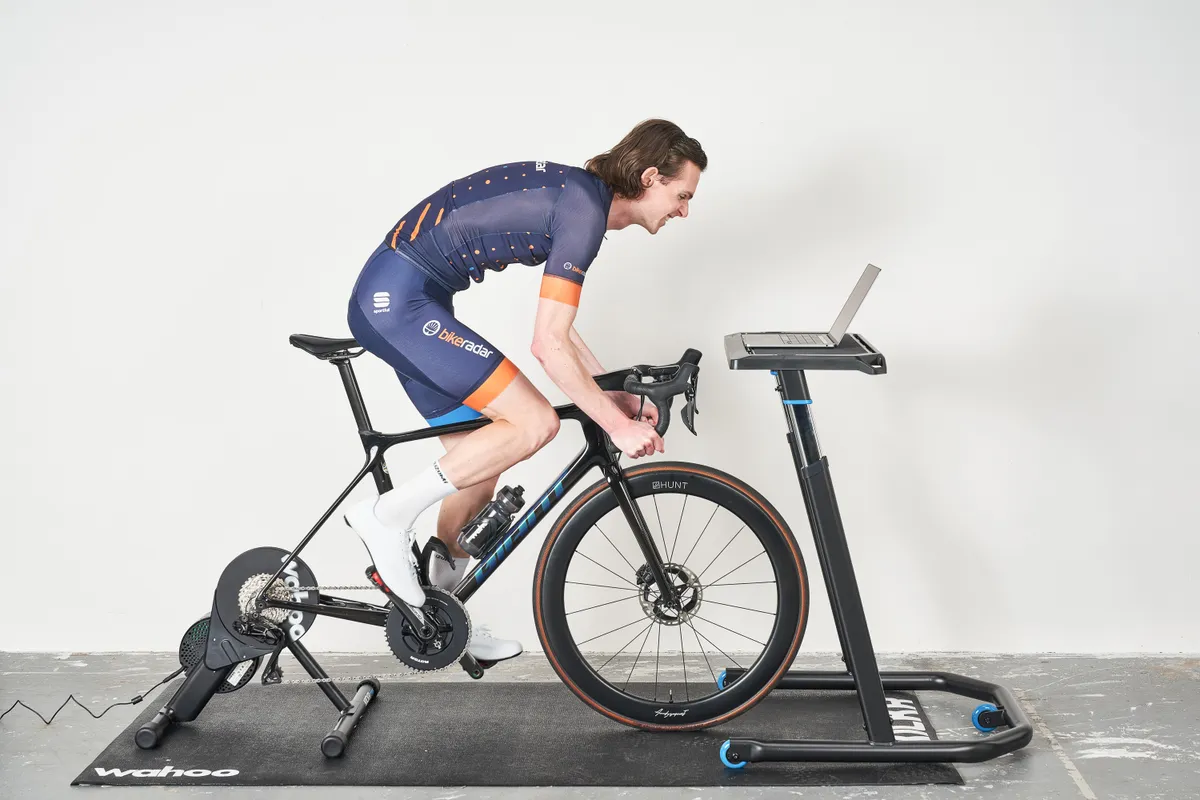
A periodised training plan is designed with a goal in mind: an improvement in fitness or finishing an event in a certain time or position.
Cassin says having the goal in mind can motivate you through tough interval sessions and long rides.
“Structured training requires discipline and the easiest way to maintain discipline is motivation.
“Having a goal you are working towards and you are confident of achieving… is key to staying motivated.”
Time efficient
The time efficiency of periodised training, where every session counts, benefits amateur riders with limited training hours.
“By doing structured training, you can maximise the time you have available and get the most return on your fitness investment,” says Cassin.
Progressive
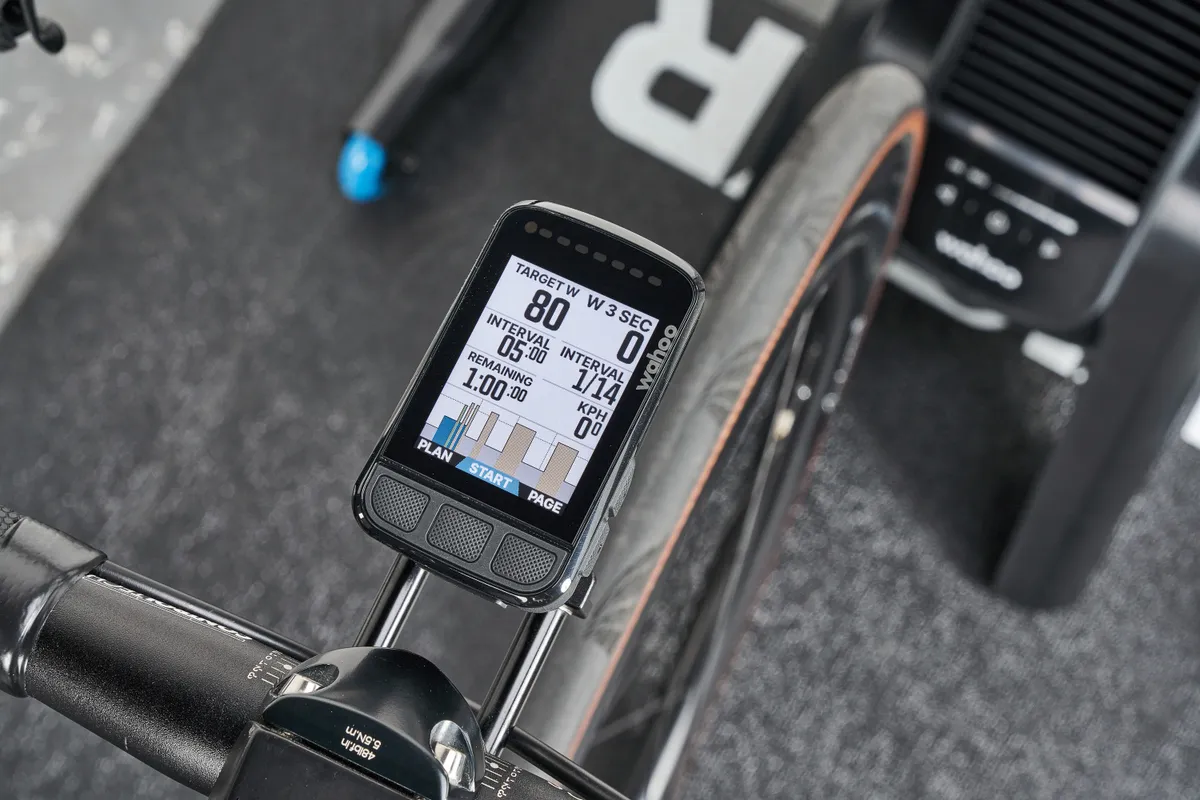
A typical periodised training plan gets progressively harder in terms of intensity and/or volume.
This progressive overload ensures that as your fitness improves the work gets harder so your body has to adapt to the stimulus and therefore continue improving.
At the start of the plan, when you are less fit, a gradual uptick stops you from overworking.
Cassin explains: “The whole idea around periodisation is having periods of increased workload and periods of decreased workload so that you're improving over time and you're making the most of the work that you're doing.”
Cassin says at the end of a training block or mesocycle, due to accumulated fatigue: “You should be tired but not smashed.”
Specificity

The specificity of periodised training means you reach peak fitness in time for your targeted event.
Matt Rowe, from Rowe and King coaching, says: “With training periodisation, the closer you get to your target event, the closer your training should mimic the demands of that event.”
In practice, Rowe says that if you’re riding a six-hour sportive, your training should closely resemble that towards the end of the training cycle.
In this scenario, he’d advise his athletes to ride for six hours over the weekend in the first eight weeks of a 12-week plan.
In weeks eight to 11, he’d recommend a single, five- or six-hour ride on Saturday or Sunday with a rest day before or after.
As a result, come the day of the sportive, you are physically and mentally prepared to succeed.
What are the different types of periodised training?
Tipper points out the traditional periodised training model exists for good reason. Scientists developed it based on evidence and the method still works for many people.
But you might not be among them. Therefore, you should consider if other types of training periodisation suit you better.
Block periodisation
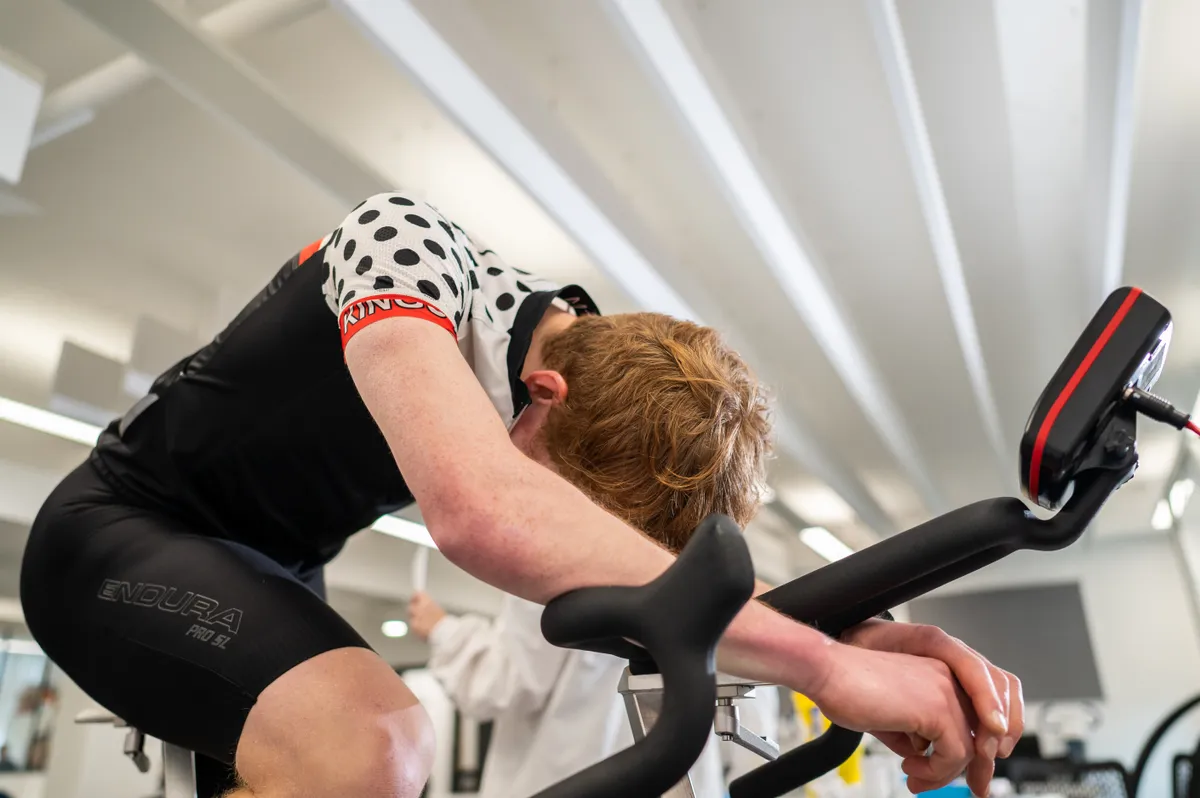
Block periodisation puts interval-heavy weeks at the beginning of the mesocycle.
The early weeks, or microcycles, of the mesocycle might have four to five interval sessions compared to one in the following weeks (a traditionally periodised training plan would have the same number every week).
The rationale is that putting extra stress on certain capabilities, such as aerobic capacity, leads to greater improvement than if the training stimulus was more dispersed.
Matt Fitzgerald, the founder of 80/20 Endurance coaching, says a block of high-intensity interval training in conjunction with carbohydrate restriction can be an effective way to lose weight through cycling.
However, block periodisation can cause excessive fatigue if the athlete cannot handle the concentrated block of intervals.
Reverse periodisation
As the term suggests, reverse periodisation turns traditional training periodisation on its head.
Dr Kirk says: “Traditionally, winter training meant high-volume, lower-intensity work before adding intensity.
“For those who are racing and/or have the time, this approach works well.
“However, for many of us winter training is largely done indoors.”
The benefits of indoor cycling include the ability to perform quality workouts in limited time, such as 60-minute turbo training sessions.
Reverse periodisation, where you work on top-end fitness such as FTP and VO2 Max on the smart trainer, before increasing volume outdoors in the better spring weather, may suit time-crunched riders, according to Dr Kirk.
